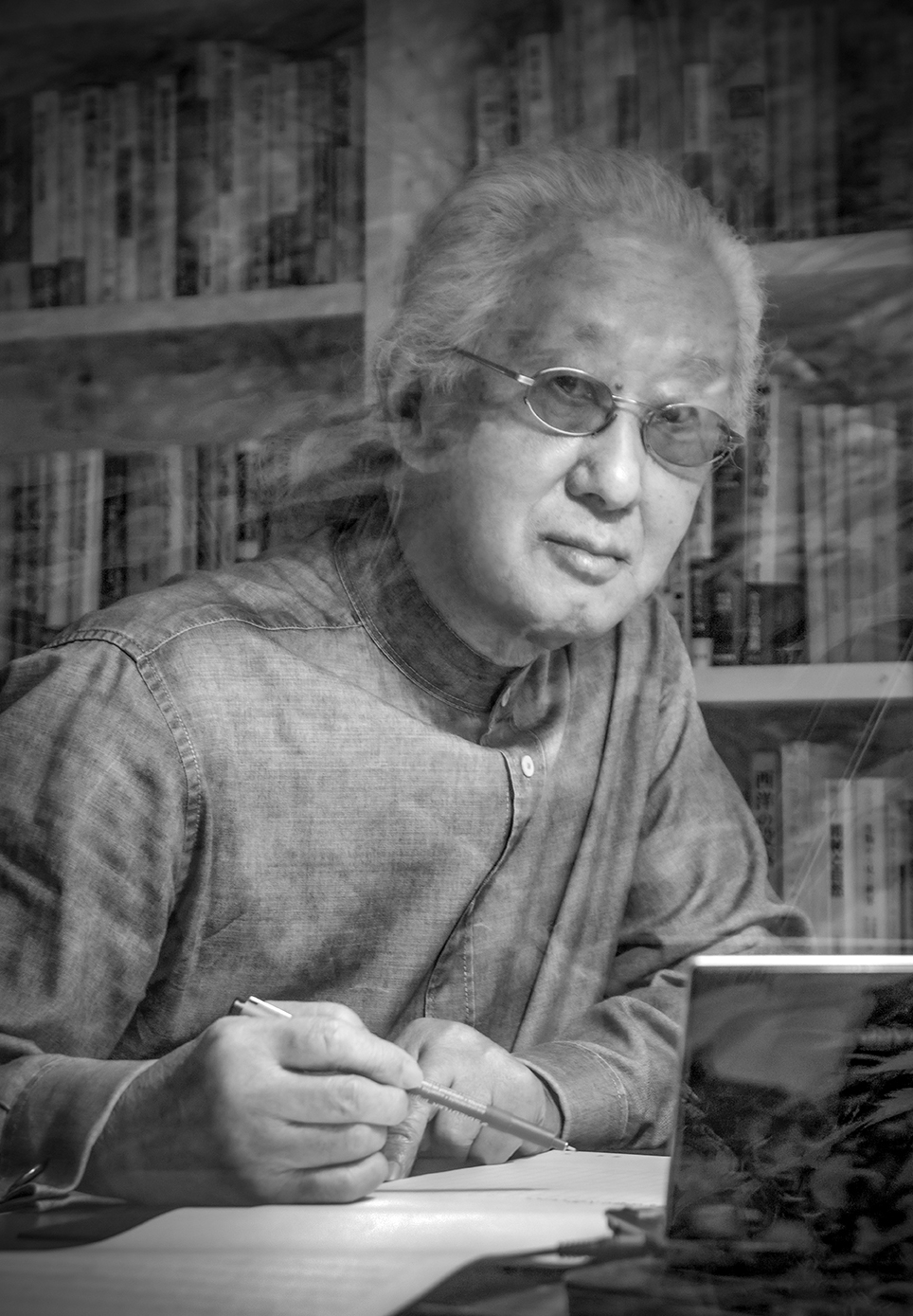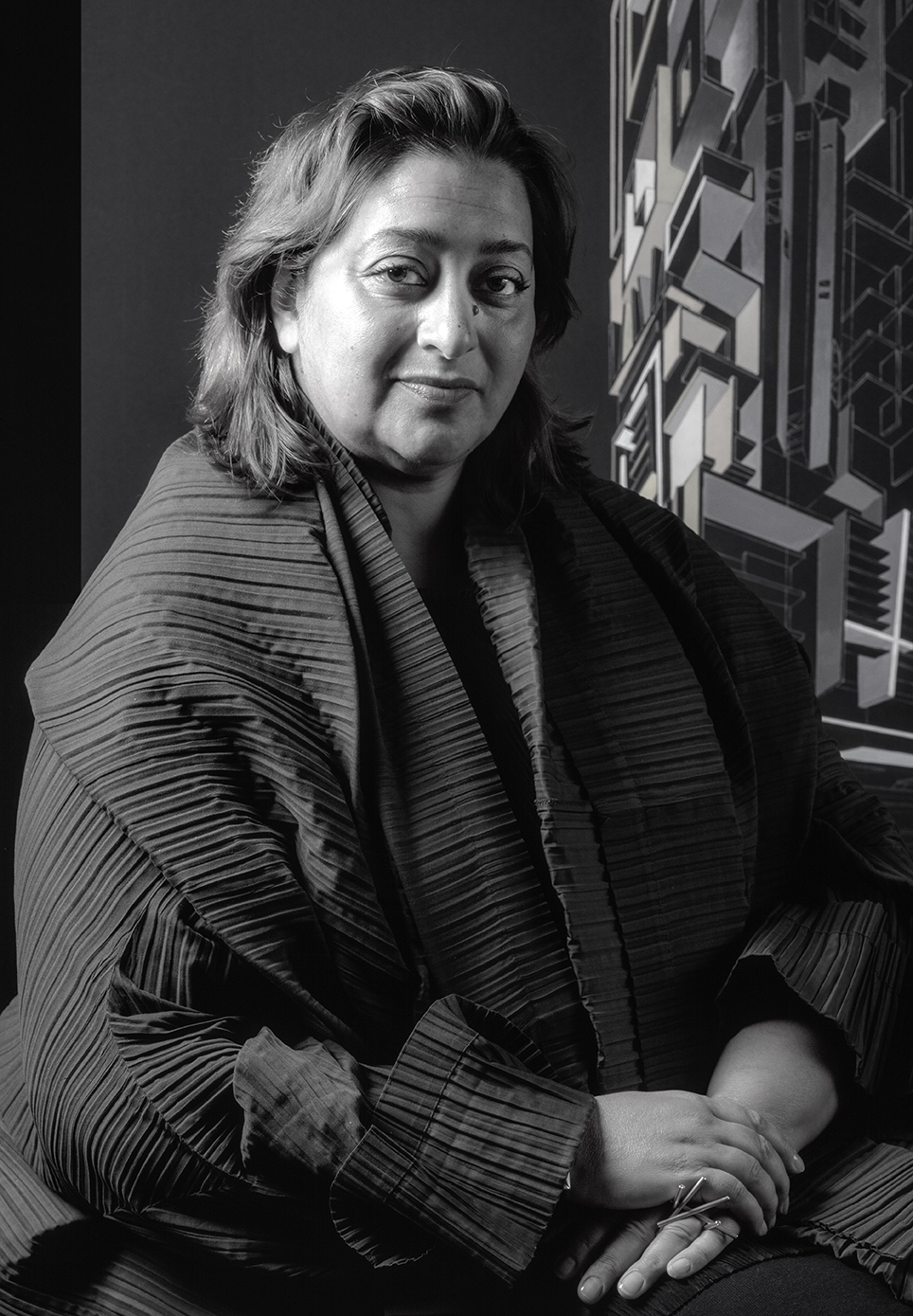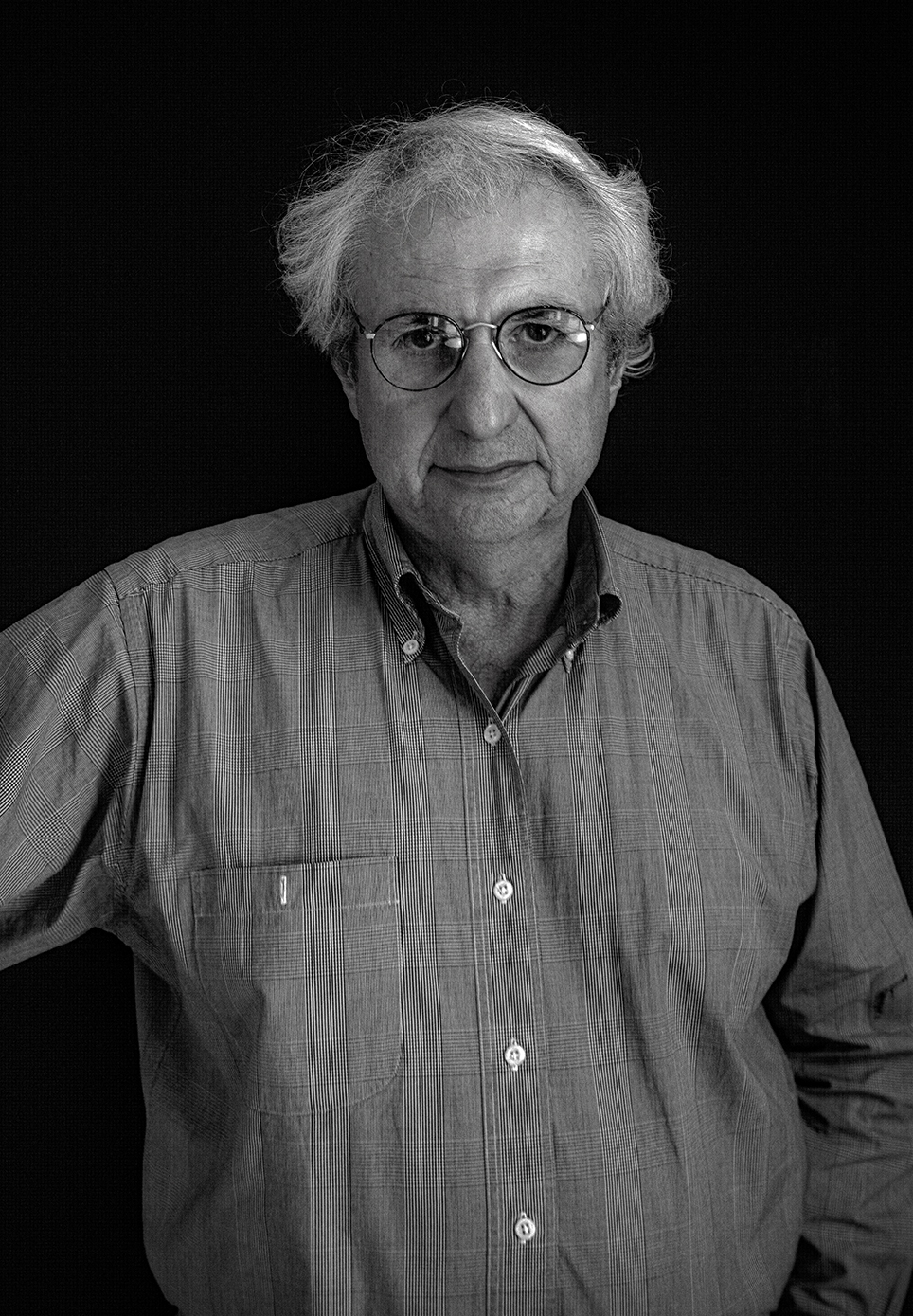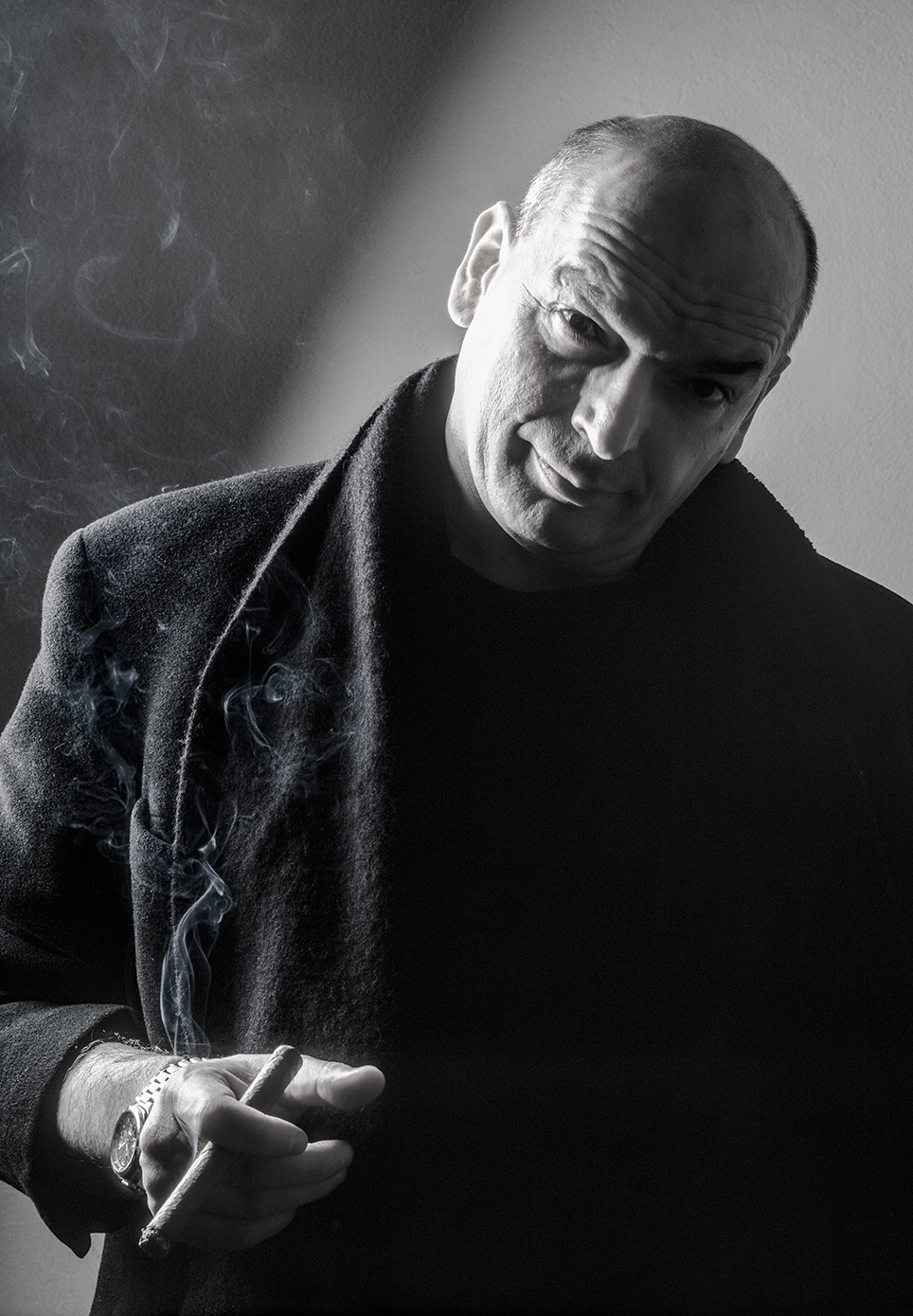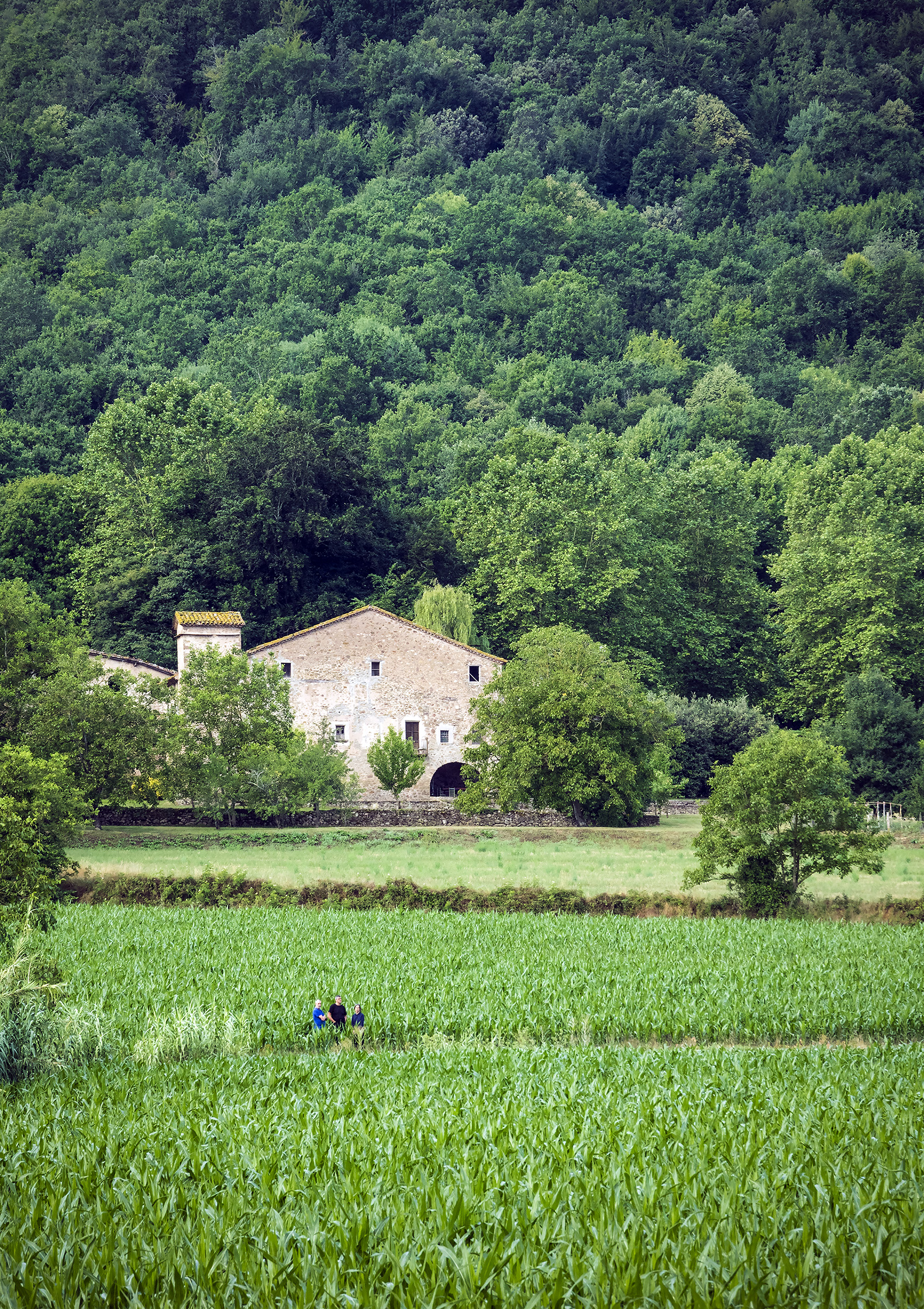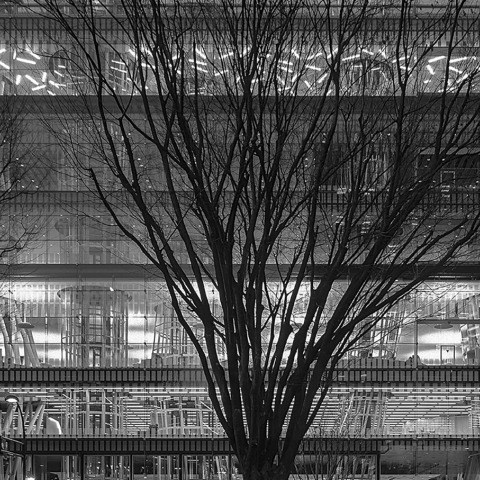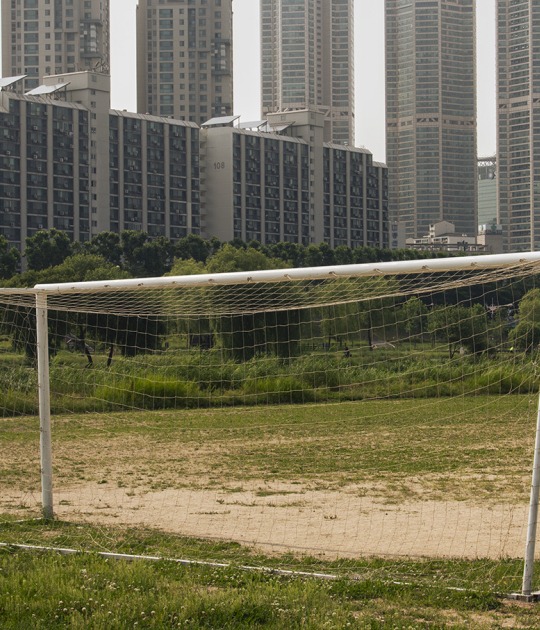Hisao Suzuki (Yamagata, Japan, 1957) graduated from the Tokyo School of Photography in 1979 and began his professional career with his teacher Tohru Minowa.
As a result of an exhibition by the famous photographer Eikoh Hosoe on Antoni Gaudí in 1978 at the Yokohama City Hall, his relationship with Barcelona was born, the city he arrived in 1982 aboard a transatlantic liner from the former Soviet Union, and where he stayed until make it his residence and cradle for his two daughters. His concern to travel the world, from an early age, reveals a free spirit that manifests itself as an artistic experience between cultures, which has given shape to his work, difficult to compare, in the global context of architectural photography.
Hisao Suzuki began as an architecture photographer, delving into Catalan modernism and the effervescent climate of Barcelona preparing for the 1992 Olympic Games. The documentation of the construction process of the Palau Sant Jordi, the work of the Japanese architect Arata Isozaki, brings him closer to contemporary architecture and will be the turning point for a collaboration that will mark its course: 1982, the year of his arrival in Barcelona, coincides with the creation of the Madrid magazine El Croquis, with which he begins to collaborate in 1986, until becoming the main photographer of the publication and contributing to the recognition of the magazine as the most prestigious international means of dissemination of contemporary architecture. The photographs that have been published have spread to other books and magazines and, also, throughout the world.
In 2012, a monographic issue of the Japanese architecture magazine a + u appeared on Hisao Suzuki, detailing his way of understanding architectural photography and the value of magical light in his work. Juan Carlos Sancho and Sol Madridejos define him as the photographer of architecture as an experience, with a personal vision, without an a priori plastic intention. Hisao Suzuki's photography represents the position of faithful and thoroughly documented testimony of reality, in search of a precise record without damaging the essence of the architectural work.
Despite his desire to document, despite his enormous rigor in search of perfection, his images are of great poetic sensibility. By perceiving the images of him, Hisao Suzuki's world view reveals to us and shows us qualities of a reality that we have not yet valued to give an impression of serene beauty. As Rafael Aranda, Carme Pigem and Ramon Vilalta explain, “They are not eloquent images; they speak without saying a word, without the need for any gesture or exaggeration. It is achieved naturally, with the mastery of someone who has unlearned, and all this gives us indications of the spirituality of the East. ”
The serenity of his images are the fruit of his search for a light in which the contrasts between light and shadow dissolve. It is the magical light, the soft light that appears in the morning and at night, in which, as the balance of the luminosity of the sky is broken, it becomes deeper and more transparent, and the whole building develops into a soft and restful light. This moment of silence is described by Hisao Suzuki as "the moment just before and after an orchestra plays."
The Japanese architect Ryue Nishizawa highlights his ability to contextualize the architectural work within its environment from a global perspective, until achieving an intermediary between the architectural object and the context, which offers a richer reading of the design decisions and, at the same time, it confers a reading of the atmosphere in which it is inserted and how it acts within this context. He adds that even the model photographs of him seem to capture the essential power of architecture. With Sancho and Madridejos he coincides in detecting an underlying classicism in his work, which the people of Madrid relate to the work of Canaletto, and his camera obscura and his panoramic views of Venice, as the clearest reference to the expression of images technically constructed through the lens , together with the mastery and handling of perspective. They also consider that Hisao Suzuki is close to the vision of the photographer Eugène Atget in his images of Paris at the end of the 19th century, in which the atmospheric, the environmental, the aura of what the city is, with all the layers and traces of those who inhabited it and of the times that have sculpted it.
Esta revelación de lo atmosférico requiere matizar algunas variables conformadoras, como pueden ser la luz, los recursos ópticos y visuales, o la composición. Hisao Suzuki lo consigue con recursos que vienen de la luz homogénea, difundida y transparente de la luz mágica, que valora la existente, y busca la máxima amplitud espacial que permite el objetivo para acercarse a un verdadero campo de visión horizontal, hasta alcanzar cierta objetividad abstracta, extremadamente difícil de mantener y conseguir. Una visión que bebe de la esencia de la tradición de sus raíces japonesas y los matices introducidos por su experiencia mediterránea más espontánea y fresca, que confieren a su fotografía y a su persona riqueza y complejidad.
This revelation of the atmospheric requires qualifying some shaping variables, such as light, optical and visual resources, or composition. Hisao Suzuki achieves it with resources that come from the homogeneous, diffused and transparent light of magical light, which values the existing one, and seeks the maximum spatial amplitude that allows the lens to approach a true horizontal field of vision, until reaching a certain objectivity. abstract, extremely difficult to maintain and achieve. A vision that draws from the essence of the tradition of his Japanese roots and the nuances introduced by his most spontaneous and fresh Mediterranean experience, which give his photography and his person richness and complexity.
